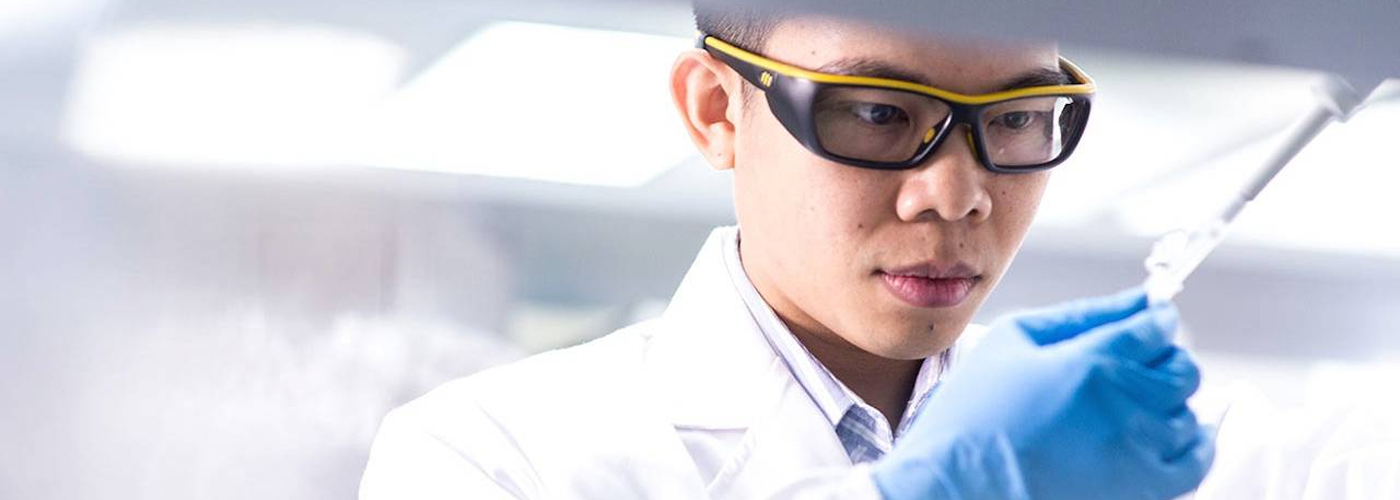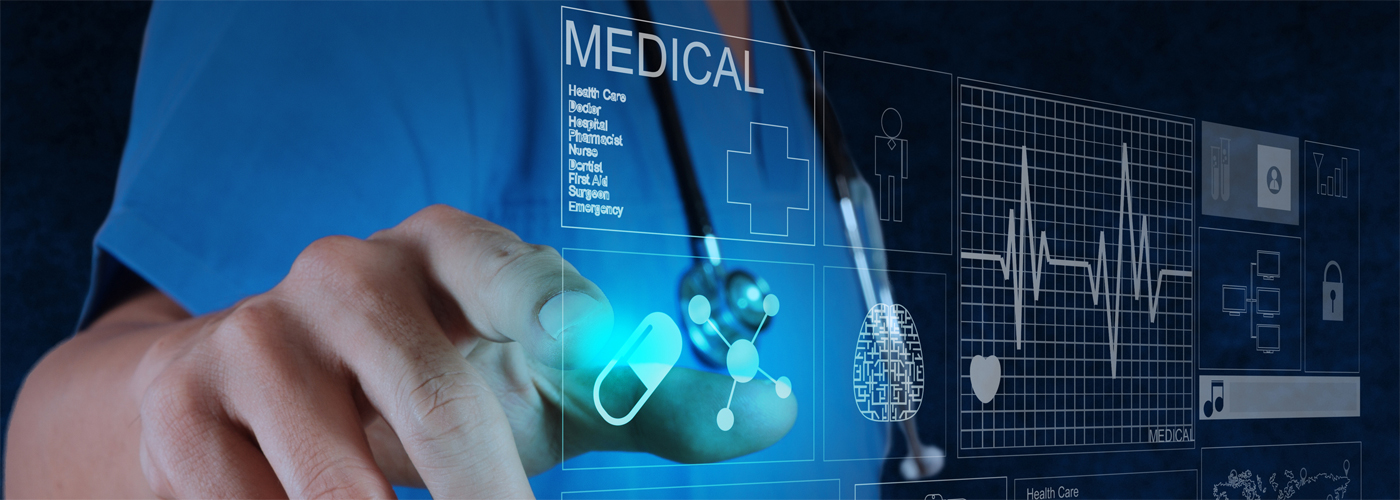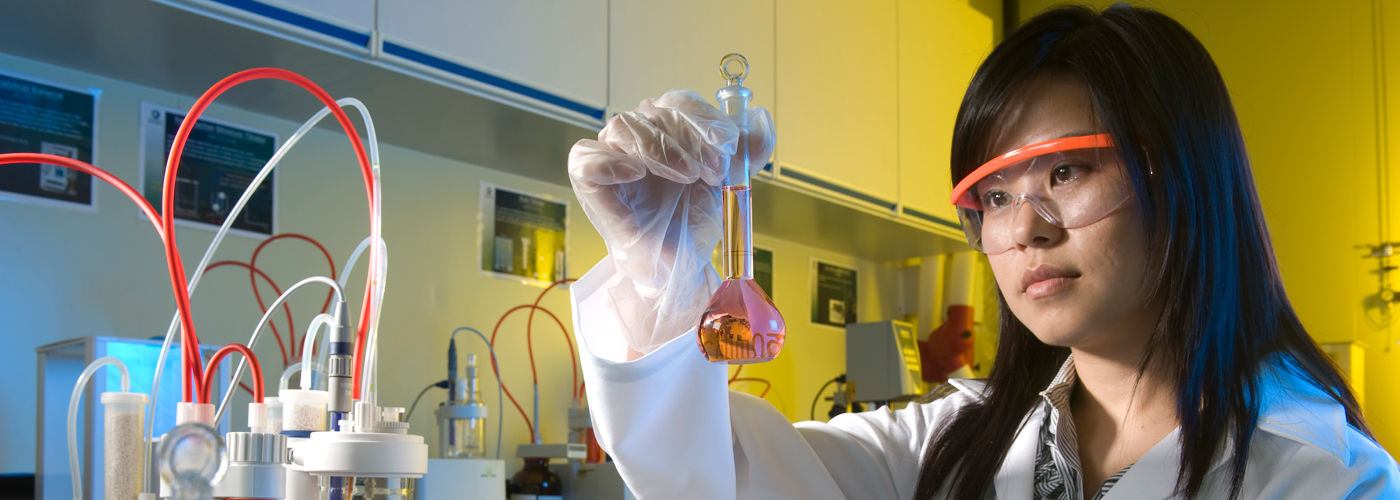Nanotechnology is a burgeoning industry with practically limitless applications on our lives and with the potential to revolutionize the manner in which we detect and treat diseases and damage to the human body. Some of the techniques listed below are only in the proposal stages, some are at various stages of development and testing, with some currently in use today.
Cancer Detectors
Incredibly sensitive nanosensors are far superior at detecting cancer cells than most all current methods. Sensors under trial demonstrate 1,000 times the effectiveness of mammograms, detecting cancer much earlier than otherwise possible.
Targeted Cancer Treatments
Chemotherapy can be delivered directly to the cancerous cells, reducing the dosage while simultaneously increasing the effectiveness and minimizing side effects.
Neurodegenerative Disorders
Nanotechnology has the potential to revolutionize how we treat neurodegenerative disorders such as Parkinson’s disease and Alzheimer’s. Nanomaterials can interact with and stimulate target areas of the brain to generate physiological responses and at the same time reducing the occurrences and severity of side effects.
Antibiotics
Nanoscale vehicles can adjust and improve the immune system to help fight viral and bacterial infections, providing an important weapon against the increasingly antibiotic resistant infections.
Biosensors
Nanotechnology enhanced biosensors can monitor things such as blood-sugar levels, heart rate and blood pressure, releasing medication depending on their readings and even notifying emergency services.
Eye Diseases
Contact lenses that can act as medication delivery mechanisms that are significantly more effective than eye drops are. Also photochromic lenses that can adapt to changes in light providing optimal vision and protection from glare and harmful UV rays.
The Inner Ear
Nanobots that can deliver drugs to specific cells in the inner ear, which can assist in the repair of damaged cells, vastly increasing the patients’ condition.
Prosthetics
Nanoparticle neural implants enable two way communication with robotic prosthetics, enabling the brain to control the prosthetic and also for the prosthetic to feed tactile information back to the brain.
Skin Grafts
Nano-structured polymer materials can be used to aid the regrowth of skin and subdermal tissue.
Broken Bones
Nanoparticles can provide scaffolds and help to repair and strengthen broken bones, with recovery times reduced to a matter of days.



